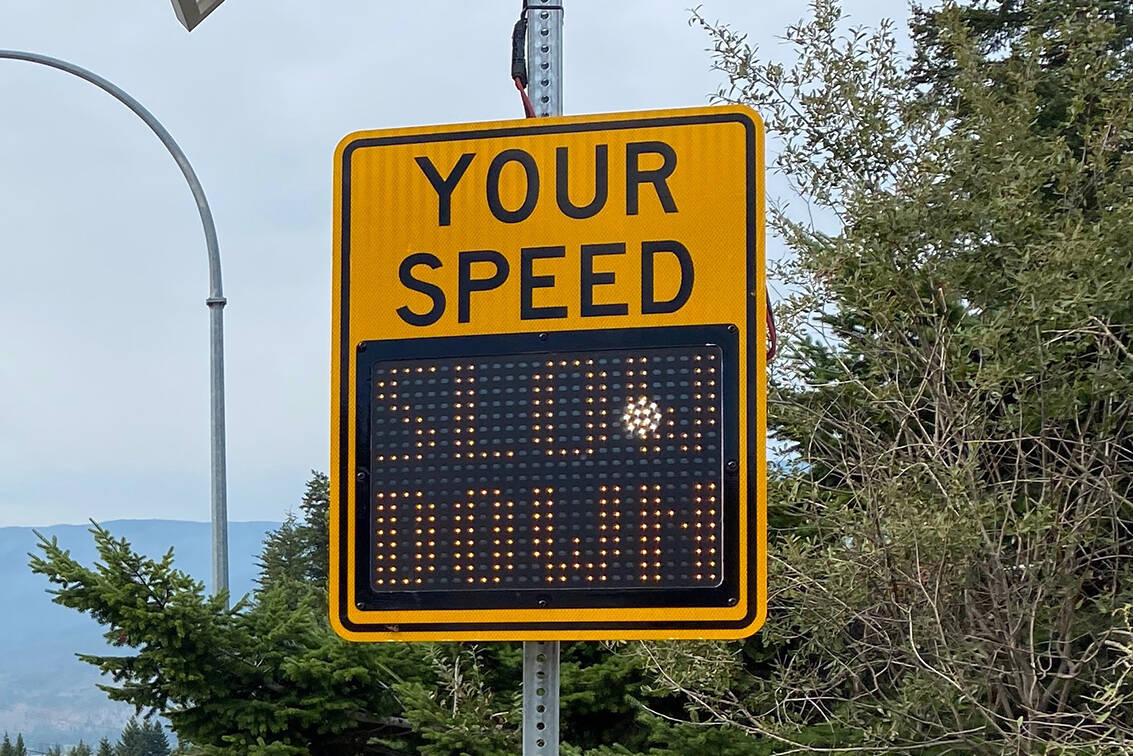Not that long ago, Mike Chappell could look out his window and see children on bikes and people on horseback travelling along Dixon Mountain Road. He would even take out his horse and wagon.
That all changed about four years ago, though, as a result of more – and faster – traffic on both Dixon Mountain and Dixon Creek roads. The situation prompted Chappell to start a petition to reduce the speed limit on the road, which is 80 kilometres an hour as it is unmarked. A review by the local police department suggests the speed limit should be 30 km/h given the conditions of the gravel road, which has blind corners at both ends.
“I don’t mind the amount of traffic, communities grow,” said Chappell, who has lived in the area for 12 years. “But somebody should pay attention. The speed limit is just not appropriate for the road.”
More than 90 per cent of residents on the two roads support the petition, which was sent last year to the Thompson Nicola Regional District, the District of Barriere, and the Ministry of Transportation and Infrastructure. Barriere Mayor Ward Stamer also supported the move, which is designed to “help with a unsafe speed designation in our community,” Chappell said.
The road is used by residents, as well as logging trucks, hunters and people seeking recreation opportunities at the top of the hill. Chappell maintains the logging trucks are respectful of the community, while the “general public is the issue,” particularly those on quads and dirt bikes.
Barriere RCMP Cpl. Robert Welsman said he has received a number of complaints from residents complaining of speeding on the roads. After driving the route as part of his review, he recommended the speed limit should be 30 km/h given the conditions, such as the road’s curves and gravel surface and the likelihood of children and animals. He also noted the area is home to 22 rural residential properties, consisting of small acreages, with most of the houses close to the road. His letter is included in a package with the petition as well as individual letters from some of the residents.
“From my perspective, I felt much more comfortable travelling at 30 km/h compared to 80 just because of the condition of the road,” Welsman said, adding he did his trip in summer and it would be worse in winter. “I certainly don’t think that’s an unreasonable request.”
Ken Gillis, chair of the TNRD, said the responsibility for speed limits on the Dixon Creek and Dixon Mountain roads lies with MoTI. “The TNRD has nothing to do with maintaining or establishing speed limits, that’s all up to the province,” he said.
A letter from Graeme Schimpf, which was sent to the petitioners in January, suggested the ministry’s engineering team had reviewed the historical records for the road, completed a site visit and pulled some traffic data for the road but required “further assessment,” which had to be done in the late spring or early summer. The letter suggested he would reach out to the petitioners to “narrow down a timeframe for the survey.”
Neither Schimpf or MoTI responded to requests from the Star-Journal by press time Tuesday.
Chappell and the others are tired of waiting.
“The most frustrating part for all of us as neighbours is not feeling safe anymore,” Chappell said. “It’s a real shame not seeing kids on bikes or people walking.”

